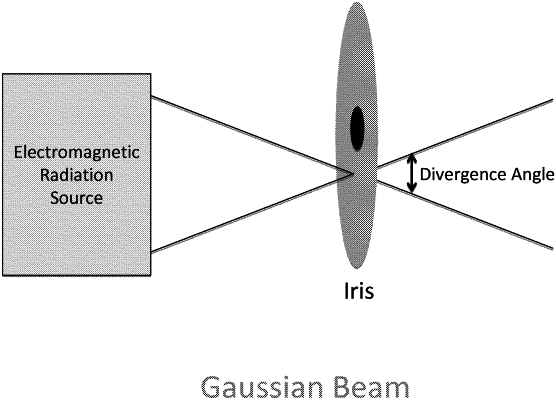| CPC A61F 9/008 (2013.01) [A61F 9/00814 (2013.01); A61F 9/00825 (2013.01); A61H 23/00 (2013.01); A61B 2018/205545 (2017.05); A61B 2090/049 (2016.02); A61F 2009/00846 (2013.01); A61F 2009/00863 (2013.01); A61F 2009/00876 (2013.01); A61F 2009/00878 (2013.01); A61F 2009/00891 (2013.01); A61F 2009/00897 (2013.01)] | 36 Claims |

|
1. A method for preventing accidental overexposure of electromagnetic radiation to a posterior portion of a human eye while applying electromagnetic radiation to an iris of the human eye to perform a color changing operation by delivering the electromagnetic radiation such that an energy density at the iris is greater than an energy density at the posterior portion of the human eye, the method comprising:
generating, using an electromagnetic radiation generator, a laser beam, wherein the laser beam comprises a pulse width of at least 1 picosecond; and
applying, using a computerized scanning system, the laser beam to a surface area of an anterior surface of the iris, wherein the surface area comprises at least 25% of the anterior surface, wherein the laser beam produces a spot on the anterior surface of the iris, wherein the laser beam converges at a focal point and then diverges, posterior to the iris, at a divergence angle of 1 to 20 degrees, from the focal point.
|
|
16. The method of claim 1, wherein a diameter of the spot is 10 to 50 microns.
|